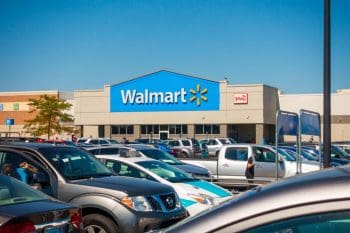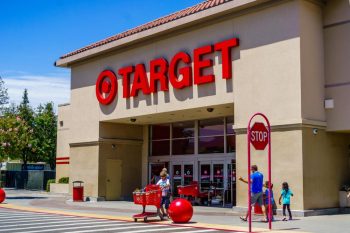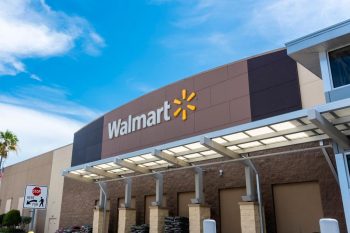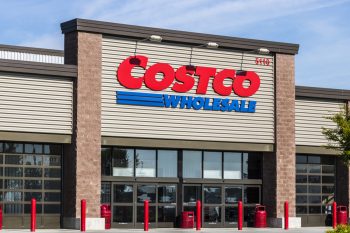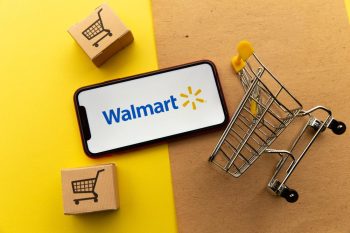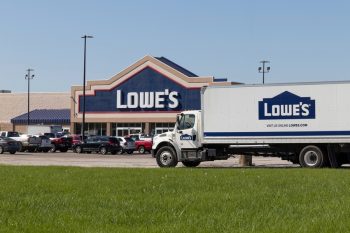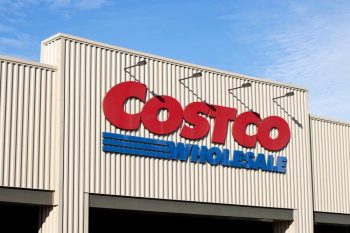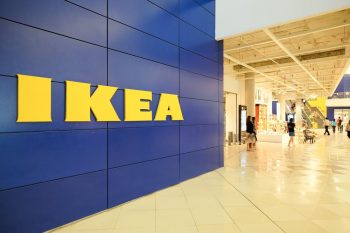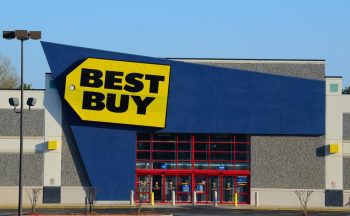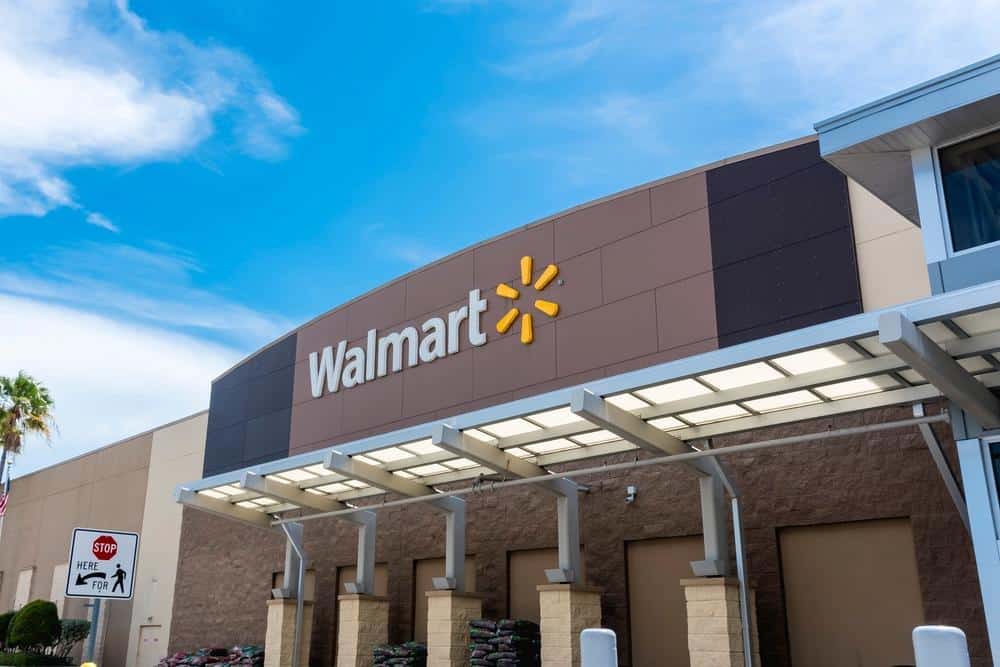
Walmart is one of the largest retailers in the world, with a vast selection of products, including seafood. Among its seafood offerings, salmon is a popular choice due to its rich taste and health benefits. But have you ever wondered where Walmart’s salmon comes from? In this comprehensive guide, we’ll delve into the details of Walmart’s salmon sourcing practices.
Walmart sources its salmon from various global suppliers, primarily from countries with thriving salmon industries such as Norway, Chile, Canada, and Scotland. Both farmed and wild-caught salmon are available, and Walmart ensures its suppliers adhere to sustainability and quality standards through certifications like the Marine Stewardship Council (MSC), the Aquaculture Stewardship Council (ASC), and Best Aquaculture Practices (BAP).
Global Sourcing of Salmon
Walmart sources its salmon from various suppliers located in different parts of the world. The major countries include Norway, Chile, Canada, and Scotland. Each of these countries has a thriving salmon industry and provides both fresh and frozen salmon to Walmart stores worldwide.
Farming and Harvesting Practices
Salmon can be raised or harvested through various methods, including aquaculture and wild fishing. In aquaculture, salmon farming involves raising fish in controlled environments, while wild salmon are harvested using different methods, such as trolling, purse seining, and gillnetting. Both farmed and wild salmon are subject to regulations and monitoring to ensure sustainable practices and minimal environmental impact.
Walmart’s Standards for Suppliers
Walmart has specific standards and requirements for its salmon suppliers. The company has an enhanced seafood policy that aims to improve transparency and data collection in the tuna supply chain. By 2027, Walmart U.S., Walmart Canada, and Sam’s Club tuna suppliers will source exclusively from vessels that have 100% observer monitoring and source from fisheries that use zero high seas transshipment unless the transshipment activity is covered by 100% observer monitoring.
Certifications and Labels
Walmart’s salmon carries certifications from globally recognized organizations, such as the Marine Stewardship Council (MSC), the Aquaculture Stewardship Council (ASC), and Best Aquaculture Practices (BAP). These certifications verify the origins of seafood and ensure that the harvesting practices are sustainable.
Variety of Salmon Offered
Walmart offers a variety of salmon products, including wild-caught and farmed salmon, as well as fresh and frozen varieties. However, it’s important to note that the quality and taste of Walmart’s salmon have been criticized by some customers. Furthermore, the sustainability of Walmart’s salmon farming practices has been questioned, particularly in relation to their sourcing of salmon from Chile.
Sustainability Measures
Walmart has implemented several measures to ensure the sustainability of its salmon sourcing practices. These include partnerships with certification organizations, sustainable seafood policies, enhanced seafood policy, sustainable seafood marketing, supplier accountability, and efforts to increase transparency and traceability.
Controversies and Concerns
Despite these measures, Walmart’s salmon sourcing practices have been subject to controversies and concerns, including a dispute over Alaska salmon in 2013. Moreover, there have been concerns about the quality and taste of Walmart’s salmon.
In conclusion, while Walmart sources its salmon from various suppliers worldwide and has implemented measures to ensure sustainability, there have been controversies and concerns about its salmon sourcing practices. As consumers, it’s essential to stay informed about where our food comes from and how it’s produced.
Frequently Asked Questions
What is the difference between farmed and wild-caught salmon?
Farmed salmon are raised in controlled environments, like fish farms, where their diet and growth are closely monitored. On the other hand, wild-caught salmon are fish that are caught in their natural habitats, usually oceans or rivers.
What is aquaculture?
Aquaculture, also known as fish or shellfish farming, refers to the breeding, rearing, and harvesting of plants and animals in all types of water environments including ponds, rivers, lakes, and the ocean.
What are the Marine Stewardship Council (MSC), the Aquaculture Stewardship Council (ASC), and Best Aquaculture Practices (BAP)?
These are globally recognized organizations that certify seafood products. The MSC certifies wild-caught seafood, while the ASC and BAP certify farmed seafood. These certifications ensure that the seafood is sourced and produced sustainably.
What does Walmart’s enhanced seafood policy aim to achieve?
Walmart’s enhanced seafood policy aims to improve transparency and data collection in the seafood supply chain. It involves sourcing exclusively from vessels that have 100% observer monitoring and from fisheries that use zero high seas transshipment unless covered by 100% observer monitoring.
What were the controversies and concerns about Walmart’s salmon sourcing practices?
There have been controversies and concerns about the quality and taste of Walmart’s salmon, as well as the sustainability of its farming practices. For example, there was a dispute over Alaska salmon in 2013, and concerns about Walmart’s sourcing of salmon from Chile due to environmental issues.

